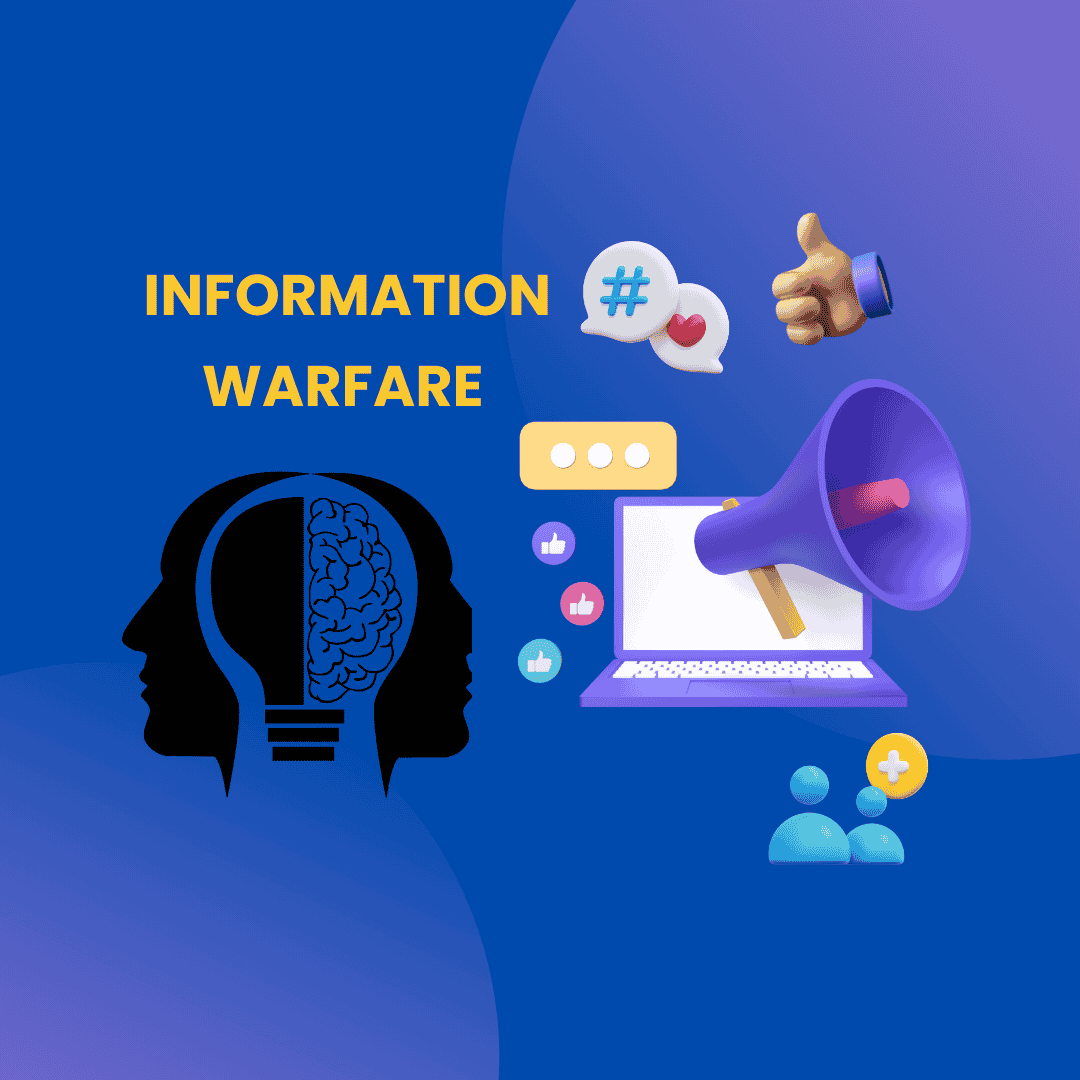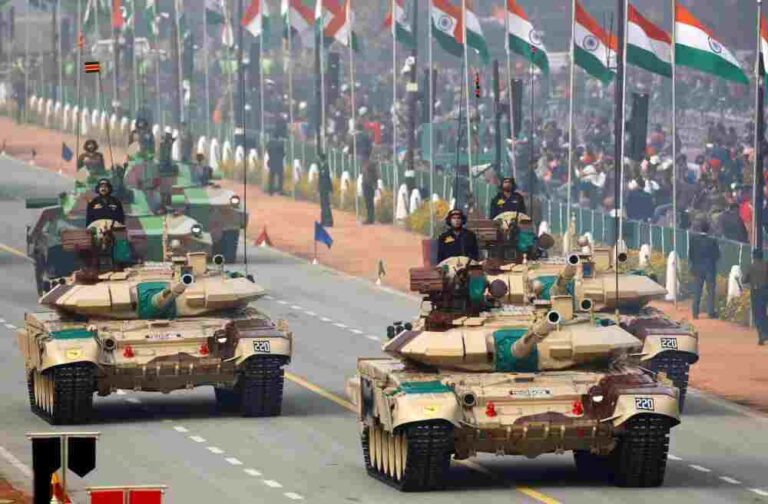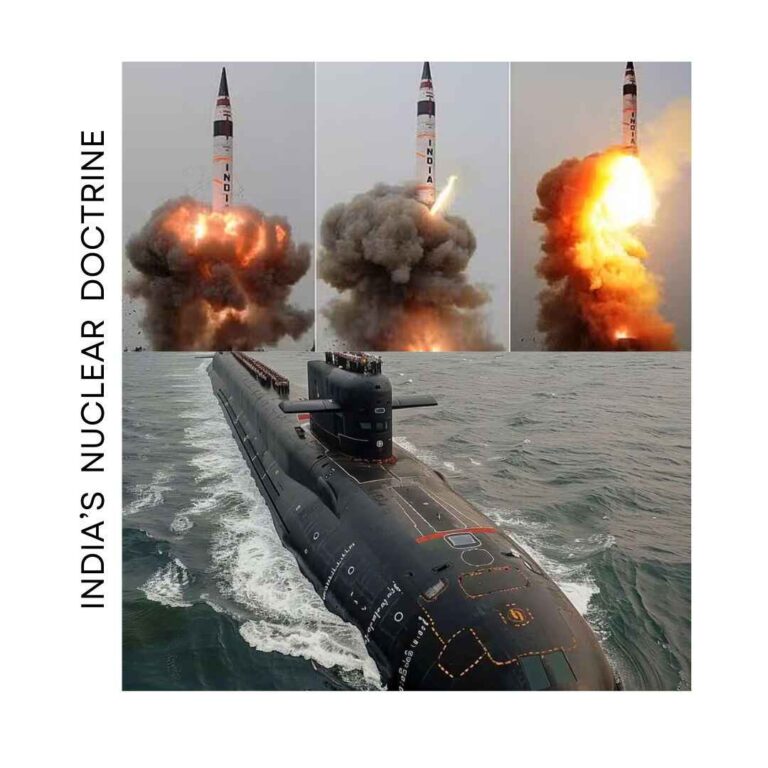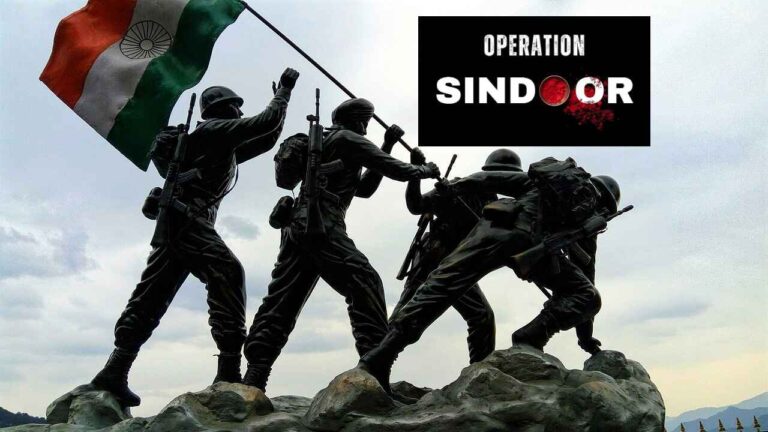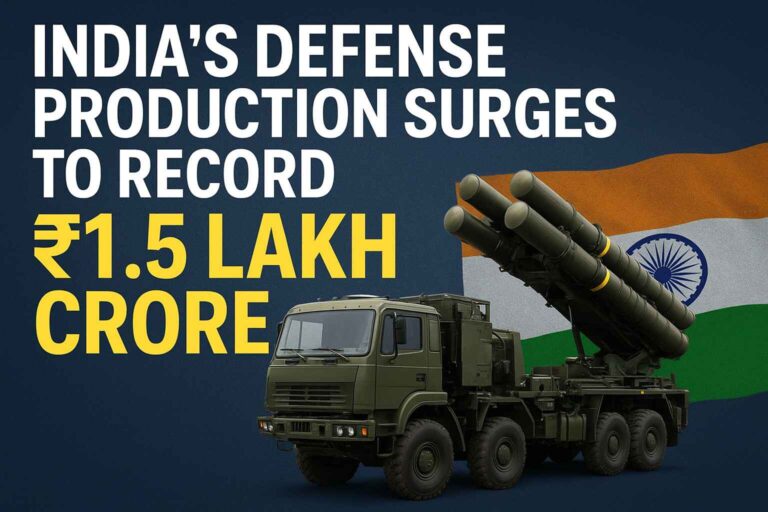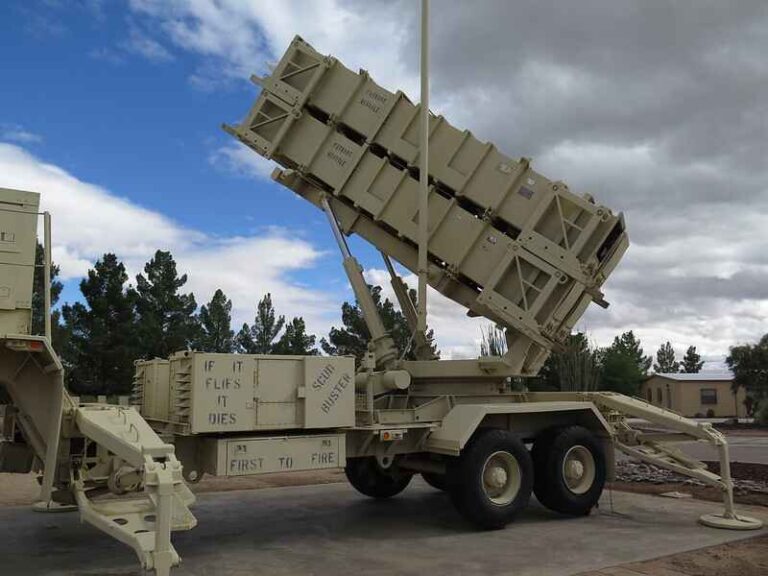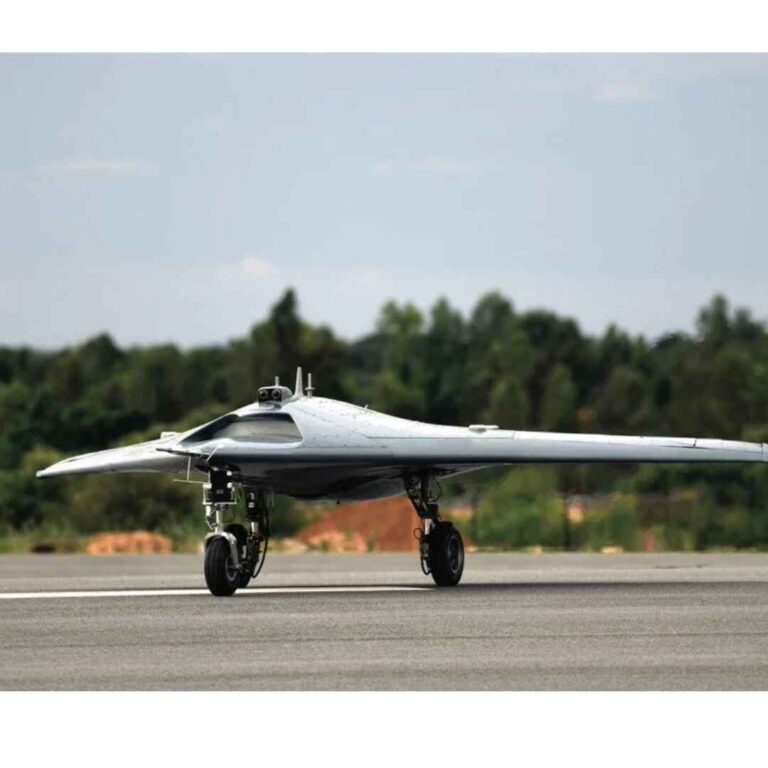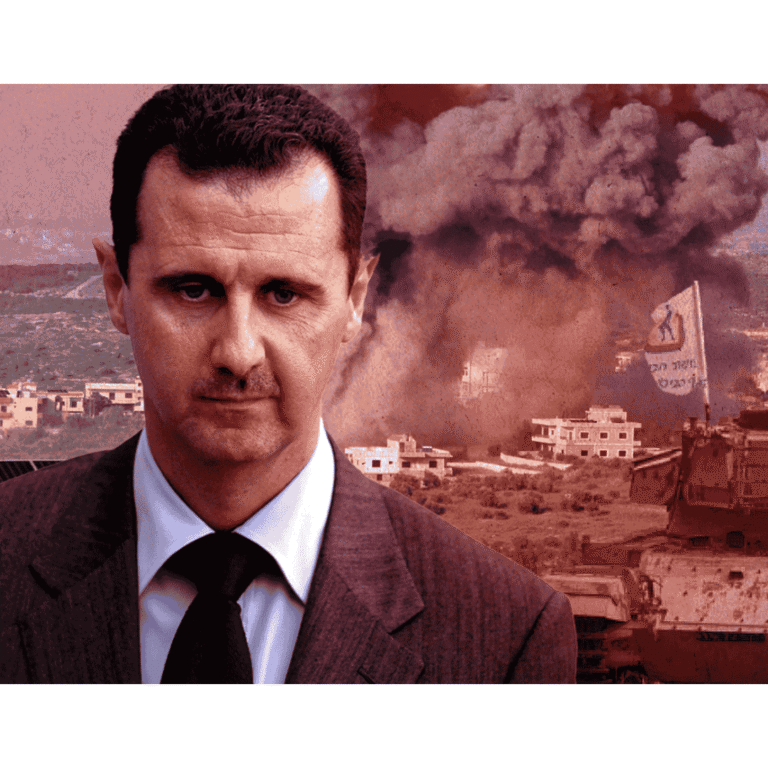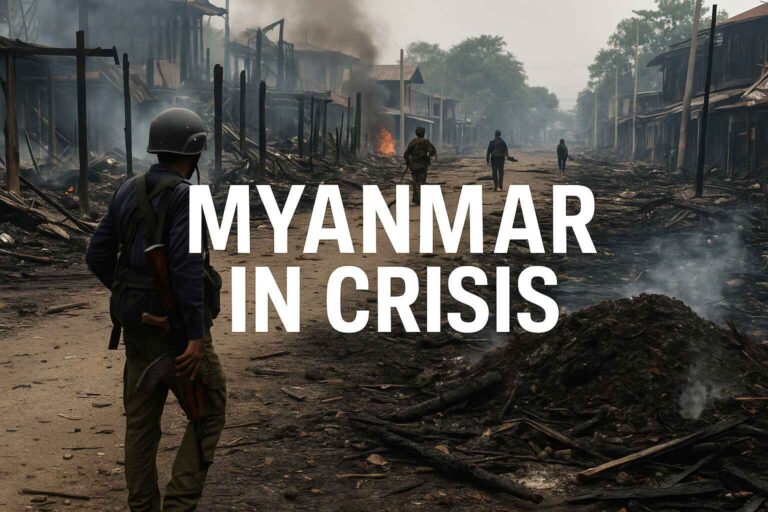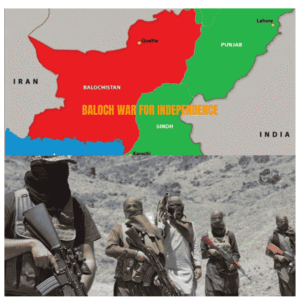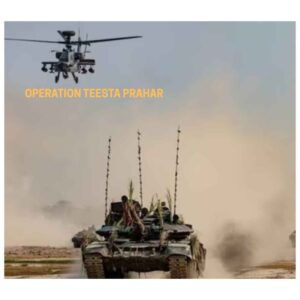Introduction
In the age of hyperconnectivity and real-time communication, the nature of warfare has fundamentally shifted. The battlefield is no longer defined by geographical terrain alone—it now includes digital spaces, social networks, media ecosystems, and, most critically, the human mind. In this new paradigm, Information Warfare and Psychological Operations have emerged as indispensable instruments of national power, capable of shaping perceptions, manipulating emotions, and achieving strategic objectives without firing a single shot.
At its core, Information Warfare involves the strategic use of information—whether true, false, or manipulated—to degrade an adversary’s decision-making process, sow confusion, or influence the behavior of targeted populations. Psychological Operations, on the other hand, are deliberately crafted campaigns aimed at altering the attitudes and behaviors of foreign audiences to favor one’s own strategic goals. While distinct in form, both are closely intertwined, working in tandem to exploit the cognitive domain of conflict.
What makes these tools particularly potent in the 21st century is their reach, speed, and plausible deniability. State and non-state actors can now deploy disinformation, deepfakes, and tailored propaganda to millions within seconds, eroding trust, polarizing societies, and creating operational advantages on the ground—all while staying beneath the threshold of conventional warfare.
From Russia’s disinformation campaigns in Ukraine to China’s cognitive warfare against Taiwan, and even the role of psychological operation in counter-insurgency operations in South Asia and the Middle East, information warfare and psychological operation have transitioned from peripheral tactics to central pillars of modern military doctrine. Yet, many nations, including India, are still in the early stages of crafting formal doctrines to harness these capabilities effectively.
Historical Evolution
While Information Warfare and Psychological Operations may appear to be modern innovations, their roots are in centuries of military history.
The earliest records of psychological influence in warfare date back to Sun Tzu’s Art of War, written over 2,500 years ago. His principles emphasized deception, manipulation of the enemy’s perceptions, and winning battles before they were fought. Ancient military campaigns often relied on spreading rumors, using symbols, or staging theatrical displays to intimidate or mislead opponents.
In the 20th century, the industrialization of war brought a more systematic approach to propaganda and psychological operations. During World War I, leaflets were dropped over enemy trenches urging soldiers to surrender or desert. Governments used radio broadcasts and posters to galvanize support at home while demoralizing enemy populations.
The importance of psychological warfare intensified in World War II when all major powers employed sophisticated psychological operations. The British established the Political Warfare Executive, while the United States formed the Office of War Information (OWI) and psychological warfare divisions within the military. Nazi Germany, under Joseph Goebbels, mastered mass propaganda as a tool of both domestic control and external influence.
During the Cold War, the bipolar world order led to intense ideological competition between the United States and the Soviet Union. Both nations utilized radio broadcasts (e.g., Radio Free Europe, Voice of America, Radio Moscow), covert publications, defectors, and film to influence global opinion and promote their political models.
This era also saw the first strategic uses of disinformation—intentionally misleading information spread to manipulate adversary decisions. The Soviet “Active Measures” campaign included forgeries, rumors, and front organizations to create geopolitical pressure and sow discord within NATO countries.
Following the Cold War, psychological operations played a crucial role in operations such as Desert Storm, Balkans interventions, and the Afghanistan and Iraq wars. Leaflets, loudspeaker broadcasts, and radio programming were used to encourage surrender, reduce resistance, and control civilian perception. However, operations were still largely top-down and dependent on traditional media.
The early 21st century ushered in a revolution in information warfare. With the advent of the internet, satellite television, and social media, the dynamics of psychological operations and information warfare shifted dramatically. The Arab Spring (2011) was a turning point, where social media became both a catalyst for protest and a tool for state response.
Simultaneously, adversaries began weaponizing the information environment, leading to a convergence of cyber warfare, propaganda, and strategic communications into what is now called Information Warfare.
Today, information warfare and psychological operations are no longer mere supporting elements—they are core strategies capable of shaping global narratives, destabilizing governments, and altering the course of conflict without conventional force projection.
Core Elements of Modern Information Warfare
The modern information battlespace is dynamic, decentralized, and constantly evolving. It integrates tools of communication, cognitive science, technology, and social behavior to achieve strategic objectives through perception dominance. The following are the foundational pillars of modern Information Warfare :
1. Disinformation, Misinformation & Malinformation
These three interlinked tools form the backbone of digital influence operations:
- Disinformation – False content deliberately created and shared to cause harm.
- Misinformation – False information shared without intent to harm, but still damaging.
- Malinformation – Genuine information shared with malicious intent, such as doxxing or out-of-context leaks.
By polluting the information environment, adversaries erode trust in institutions, fracture social consensus, and create decision paralysis within enemy populations.
Example: Russia’s use of disinformation during the annexation of Crimea in 2014 successfully masked military movements, confused global media, and bought valuable time to consolidate control.
2. Cyber and Digital Intrusion as Catalysts
Modern IW is deeply integrated with cyber capabilities, enabling actors to:
- Breach communication systems to steal or alter data.
- Spread coordinated propaganda via fake accounts, bots, or compromised websites.
- Leak classified or sensitive material at strategic moments (e.g., the 2016 U.S. election email leaks).
Such operations are often disguised as activism or journalism to avoid attribution while creating maximum political and psychological impact.
3. Social Media as the Digital Battlefield
Social media platforms serve as both delivery systems and amplifiers for information warfare:
- Disinformation spreads faster than truth due to its emotional and sensational appeal.
- Algorithms inadvertently promote echo chambers and radical content.
- “Hashtag warfare” and coordinated trend manipulation steer public attention and global narratives.
Example: During the 2019 India–Pakistan Balakot crisis, both nations engaged in intense digital psychological operations to control perception, influence global opinion, and manage internal morale.
4. Strategic Narrative Construction
Narratives are not just stories—they are strategic constructs designed to influence behavior and legitimize actions over time. Effective information warfare campaigns:
- Identify cultural, historical, or emotional touchpoints.
- Frame events to create heroes, victims, and villains.
- Sustain long-term messaging aligned with geopolitical objectives.
China’s Belt and Road Initiative, for instance, is promoted through a persistent narrative of “win-win cooperation” while downplaying debt diplomacy concerns.
5. Deepfakes, Synthetic Media & Virtual Deception
Artificial Intelligence has dramatically enhanced IW through:
- Deepfakes – Realistic video/audio fabrications that mimic real individuals.
- Synthetic personas – AI-generated people used in fake journalism or diplomacy.
- Virtual deception – Creation of false events or simulations to mislead analysts and media.
These tools complicate attribution and undermine truth, making it difficult to distinguish reality from manipulation.
6. Cognitive Warfare and Psychological Profiling
Cognitive warfare focuses on altering how individuals and societies think, decide, and react. Techniques include:
- Targeted messaging based on behavioral data.
- Exposure to conflicting information to induce confusion and apathy.
- Exploiting trauma or identity crises to push radical ideologies.
Example: ISIS’s use of social media recruitment was highly personalized, using algorithms and human psychology to exploit alienation and vulnerability among youth.
7. Memetic Warfare and Humor as Weapons
Memes are not trivial—they are ideological bullets in compressed, culturally resonant form:
- They bypass rational analysis and embed themselves in emotional memory.
- Used to mock authority, amplify tribal identity, or ridicule adversaries.
- Viral by design, they help shape public consciousness in subtle but powerful ways.
Authoritarian regimes and troll armies often flood social platforms with memes to control public discourse by volume and velocity.
8. Integration with Kinetic, Diplomatic, and Economic Strategy
Modern information warfare does not operate in isolation—it is a force multiplier that works alongside:
- Military action: Sowing panic or misinformation ahead of strikes.
- Diplomacy: Influencing international opinion during negotiations or crises.
- Economic warfare: Undermining market confidence or disrupting supply chains through rumor.
A synchronized Information Warfare campaign can paralyze an opponent’s decision-making loop (OODA)—Observe, Orient, Decide, Act—rendering them ineffective in conflict response.
Different Models of Information Warfare
Over the years, various countries and military organizations have developed distinct models of information warfare based on their strategic objectives and security concerns. Below are some of the most well-known IW models used globally.
U.S. Information Warfare Model
- The U.S. Department of Defense (DoD) integrates information warfare into Multi-Domain Operations, where cyber, electronic warfare and psychological operations work together.
- The Joint Concept for Operating in the Information Environment (JCOIE) outlines how the military must dominate the information domain.
Core Components:
Cyber Warfare – Offensive and defensive cyber operations to disrupt enemy networks.
Electronic Warfare – Jamming and disrupting enemy communications and radars.
Psychological Operations – Using information to manipulate enemy decision-making.
Military Deception – Misleading adversaries to gain a tactical advantage.
Operations Security – Protecting sensitive military information from adversaries.
Example : Cyber Command regularly counters Russian and Chinese cyber threats and conducts cyber operations against hostile entities.
Russia’s Information Warfare Model
- Russia views information warfare as an asymmetric tool where non-military means (cyber, psychological, and information operations) play a more significant role than direct military engagement.
- The Gerasimov Doctrine (named after General Valery Gerasimov) emphasizes information warfare before kinetic warfare begins.
Core Components:
Reflexive Control – Manipulating enemy perceptions to influence their decisions.
Disinformation & Propaganda – Using state-run media, bots, and troll farms to spread false narratives.
Cyber Warfare – Attacking adversary networks, election interference, and hacking campaigns.
Electronic Warfare – Disrupting enemy communication and satellite signals.
Hybrid Warfare – Combining information warfare with conventional warfare, seen in Crimea (2014) and Ukraine (2022).
Example: Russian cyber units (like Fancy Bear and Cozy Bear) launched cyberattacks on U.S. elections and Ukrainian infrastructure.
China’s Three Warfare Model
China’s “Three Warfare” doctrine, formulated by the People’s Liberation Army (PLA), integrates:
Public Opinion Warfare – Controlling narratives through state-run media and censorship.
Psychological Warfare – Demoralizing adversaries using propaganda, fake news, and diplomatic pressure.
Legal Warfare – Using international laws and treaties to justify military or territorial claims.
Core Components:
Information Dominance – Using state-controlled media to shape global and domestic opinion.
Cyber Warfare – State-sponsored hacking of adversary government, business, and military institutions.
Surveillance & AI-driven Influence Operations – Monitoring and shaping public discourse via platforms like WeChat and TikTok.
Diplomatic & Economic Coercion – Using trade restrictions or diplomatic pressure to gain strategic advantages.
Example: Chinese cyber units like APT10 have hacked global corporations and government databases.
Example: South China Sea dispute – China uses legal warfare to justify territorial claims through historical maps and documents.
NATO’s Comprehensive Approach to Information Warfare
- NATO sees information warfare as part of hybrid warfare and integrates cyber defense, electronic warfare, and strategic communications into its security strategy.
- Focuses on defensive measures rather than offensive cyber operations.
Core Components:
Cyber Defense & Threat Intelligence – Coordinating cyber resilience across member nations.
Strategic Communications – Countering enemy propaganda through fact-based information.
Electronic Warfare – Disrupting enemy electronic systems.
Resilience & Counter-Disinformation – Working with social media platforms to limit the spread of fake news.
Example: NATO’s Strategic Communication Centre of Excellence (Riga, Latvia) counters Russian disinformation campaigns.
Example: NATO’s Cyber Rapid Reaction Teams defend against cyberattacks.
Israel’s Information Warfare Model
- Israel focuses on offensive cyber operations, cyber intelligence, and psychological warfare.
- The Unit 8200 is Israel’s elite cyber warfare unit.
Core Components:
Cyber Intelligence – Using AI and big data to preemptively detect threats.
Offensive Cyber Operations – Targeted cyberattacks on enemy infrastructure.
Electronic Warfare & Signal Intelligence – Intercepting enemy communications.
Psychological Warfare – Covertly influencing enemy leadership and morale.
Example: Stuxnet Attack (2010) – Israel and the U.S. allegedly deployed a cyber weapon to sabotage Iran’s nuclear program.
India’s Information Warfare Model
- India’s information warfare model is evolving, with a focus on cyber security, electronic warfare, and counter-disinformation.
- The Defence Cyber Agency oversees India’s cyber warfare capabilities.
Core Components:
Cyber Defense & Offense – Developing indigenous cyber capabilities.
Electronic Warfare – Enhancing military signal jamming and GPS disruption capabilities.
PsyOps & Perception Management – Countering Pakistan and China’s influence operations.
Strategic Communication & Digital Diplomacy – Using social media and digital platforms to promote India’s narrative.
Example: India’s response to Pakistan’s propaganda post-Pulwama (2019) involved strategic counter-narratives on social media.
Where Does India Stand in Information Warfare?
The 21st century has ushered in a new paradigm of warfare—the mind has become the primary battleground, and information is the most potent weapon. In this evolving strategic landscape, kinetic power alone is no longer sufficient to secure national interests. Instead, narrative control, influence operations, and psychological shaping of populations have become essential tools in a state’s arsenal.
While nations like China, Russia, and the United States have embraced information warfare (IW) as a core doctrinal element, India’s approach remains fragmented and underdeveloped, despite its vulnerability and strategic exposure in this domain.
India’s geopolitical context and open digital ecosystem make it an attractive target for adversarial information operations. Some key vulnerabilities include:
- Cross-border propaganda by Pakistan’s ISPR, targeting public opinion on Kashmir and India’s armed forces.
- China leveraged the Galwan Valley crisis as an opportunity to deploy state-backed information operations, crafting narratives that favored its geopolitical stance at home and abroad. Social media exploitation during the CAA/NRC protests, farmers’ agitation, and elections—where misinformation campaigns sowed division and confusion.
- Coordinated cyber-psychological campaigns during India-Pakistan military escalations, where trolls and bots flooded the digital space with anti-India rhetoric.
India is already entrenched in an ongoing information conflict, but its response remains technologically outdated and strategically disjointed.
China’s Information Warfare Against India
China integrates IW into its broader military and commercial strategies, often called Integrated Network Electronic Warfare (INEW). It employs an extensive range of cyberattacks, electronic warfare, and espionage techniques to disrupt enemy capabilities. The Chinese Communist Party (CCP) controls and monitors digital platforms through the San Zhong Zhanfa, a three-pronged strategy comprising public opinion/media warfare, psychological warfare, and legal warfare.
COVID-19 Disinformation Campaign
During the COVID-19 pandemic, China launched a disinformation campaign aimed at discrediting India’s vaccine efforts while promoting its own. State-owned media outlets, such as the Global Times, carried misleading reports about India’s handling of the crisis, attempting to frame New Delhi’s pandemic response as inadequate while positioning Chinese vaccines as superior.
The Doklam Standoff
During the 2017 Doklam border crisis, China intensified its information warfare efforts by leveraging state-run media and social platforms to spread propaganda. Beijing’s psychological warfare tactics included discrediting Indian leadership, making inflammatory statements like “the countdown has begun,” and calling for the ‘liberation’ of Sikkim to instill fear and create domestic unrest.
Social Media Manipulation
China actively uses social media platforms to spread disinformation. In June 2020, Twitter removed 23,750 accounts from an organized network promoting CCP-friendly geopolitical narratives. Similar large-scale influence operations have been detected on Facebook, Instagram, and YouTube, amplifying content that seeks to destabilize India’s strategic position in the region.
Pakistan’s Information Warfare Against India
Pakistan has closely followed China’s IW model, using propaganda and misinformation campaigns to shape narratives against India. Through its IT cells, bot networks, and troll accounts, Pakistan has engaged in disinformation efforts focusing on military conflicts, communal discord, and the Kashmir issue.
The Balakot Air Strike and Narrative Manipulation
Following the 2019 Balakot airstrike, Pakistan’s military wing, Inter-Services Public Relations (ISPR), launched a large-scale disinformation campaign denying the destruction of terror camps and propagating false claims about the incident. The ISPR also coordinated with foreign media to push reports contradicting India’s claims, despite a lack of substantial evidence.
On the fourth anniversary of the Balakot airstrike in 2023, Pakistani social media campaigns using hashtags like #PakistanZindabad and #TeaIsFantastic flooded Twitter with memes and videos mocking India’s military operation, attempting to undermine public trust in the Indian defense forces.
Targeting India’s Social Fabric
Pakistan consistently promotes divisive narratives related to communal tensions in India. During the Delhi riots in 2020, a significant increase in tweets from Pakistani accounts was observed, with hashtags such as #Hinduterrorism and #RSSKillingMuslims gaining traction. Edited media and misleading reports were circulated to create discord and exacerbate communal fault lines.
Kashmir Disinformation Campaign
Pakistan’s disinformation efforts regarding Kashmir are among its most persistent information warfare strategies. Its Ministry of Foreign Affairs maintains a section titled ‘Indian Illegally Occupied Jammu and Kashmir,’ featuring heavily edited content portraying the Indian Army as an aggressor. Pakistan-backed think tanks and media houses have also attempted to internationalize the issue by drawing false parallels between India’s actions in Kashmir and historical genocides.
Following the abrogation of Article 370 in 2019, Pakistan ramped up its IW efforts, spreading misleading content that questioned the legality of Kashmir’s annexation and accused the Indian government of systematic oppression of Kashmiri Muslims.
What India Has Done So Far?
India has made incremental advancements:
- Creation of the Defence Cyber Agency (DCA), Space Agency, and Special Operations Division under Integrated Defence Staff.
- Operational efforts by Indian Computer Emergency Response Team (CERT-In), National Technical Reasearch Organisation NTRO, and state police cyber units to tackle misinformation and cyber breaches.
- Sporadic psychological operations in internal security operations in Kashmir, Northeast, and Maoist-affected regions.
However, these initiatives:
- Lack of integration and doctrinal alignment.
- Suffer from bureaucratic compartmentalization between civilian, military, and intelligence stakeholders.
- Do not address proactive influence operations or long-term narrative shaping.
India still lacks a National Information Warfare Command, a civil-military Information Warfare doctrine, and a strategic communication agency at the center of government.
Strategic Gaps India Must Bridge
Doctrinal Vacuum
Without an articulated doctrine, IW remains an afterthought in Indian strategic planning. The absence of a defined framework limits India’s ability to mount coordinated responses or pursue influence-based objectives globally.
Institutional Disunity
Agencies in information and cyber domains function independently with overlapping mandates, leading to duplication and delays. A central Information Warfare Command, with both civilian and military representation, is essential.
Talent and Technology Deficit
India must invest in:
- Behavioral analytics
- Digital influence modeling
- AI-based counter-propaganda systems
- Sentiment monitoring
- Strategic communications training
Currently, most of this capability exists in private industry or academia, with limited coordination with state security agencies.
Public-Private Disconnect
Social media platforms, private cybersecurity firms, and digital media outlets are often excluded from national security frameworks, though they are critical in detecting and deflecting disinformation campaigns.
Roadmap for a National Information Warfare Posture
- Draft a National Information Warfare Doctrine under the NSA or CDS, integrating psychological operations, cyber ops, perception management, and media strategy.
- Establish a Tri-Service Information Warfare Command to plan and execute coordinated influence operations.
- Create a Strategic Communication Cell in the PMO or Cabinet Secretariat to synchronize messaging during crises.
- Launch a Digital Narrative Corps—a blend of civilian experts, veterans, influencers, and diplomats—to promote India’s worldview.
- Partner with Private Sector and Academia to build predictive tools, counter-fake news frameworks, and media literacy programs.
- Introduce the Information Warfare Curriculum in national defense colleges, foreign service training, and police academies.
India’s strategic advantage extends beyond military capability to encompass its robust democratic institutions, rich civilizational heritage, cultural influence, and enduring soft power. These are not merely national assets—they are instruments of strategic messaging that must be deliberately projected in the global narrative battlespace. As India’s geopolitical footprint expands—from the Indo-Pacific arc to the frontlines of global technology and diplomacy—it holds a pivotal opportunity to shape the norms, values, and narratives that will define the emerging international order. But this influence must be backed by capability. India must move from a defensive to an offensive Information Warfare posture, not to manipulate or suppress, but to defend truth, promote stability, and counter adversarial propaganda.
India can no longer afford to treat information warfare as an ancillary issue. The battlefield has already shifted into the minds of people, the feeds of smartphones, and the perceptions of global audiences.
To secure its sovereignty, credibility, and future, India must prepare for war in the invisible theatre of narratives—where every citizen is a potential combatant, and every idea, is a weapon.
Conclusion
The rise of Information Warfare and Psychological Operations has fundamentally reshaped the way nations engage with conflict, competition, and coercion. In this new paradigm, the traditional domains of land, sea, and air are overshadowed by the cognitive domain, where influence, perception, and psychological control determine strategic victories.
Conflicts in the modern world are increasingly shaped by who controls the narrative, not just the battlefield. The manipulation of public opinion, the delegitimization of adversaries, the use of lawfare and media warfare, and the targeting of morale and cohesion have become routine elements of statecraft. Information Warfare and Psychological Warfare have evolved from tactical tools into strategic weapons of first resort—subtle yet far-reaching in impact.
For India, this presents a critical inflection point. The country finds itself navigating an increasingly hostile and contested information environment. From cyber-enabled misinformation campaigns to coordinated psychological influence operations by state and non-state actors, India faces multi-vector threats that can no longer be addressed through conventional defense mechanisms alone.
However, India’s current information warfare posture remains fragmented and under-institutionalized. While agencies like the Defence Cyber Agency and upcoming tri-service initiatives mark progress, a comprehensive doctrinal framework for IW and PSYOPS leaves a strategic vacuum. India’s adversaries—particularly China and Pakistan—have already operationalized these tools as part of their formal doctrines, allowing them to shape narratives and battlefield perceptions with greater coherence and impact.
In today’s battlespace, perception is not just a dimension—it is the domain. Psychological operations are no longer supplementary—they are preparatory, primary, and sometimes preemptive. Victory will belong not just to the side that has more firepower, but to the one that can influence minds, shape beliefs, fracture unity, and control the narrative.
India’s strategic future hinges on its ability to master the tools of this invisible war. The question is no longer whether to engage in information warfare—but how fast and wisely it can adapt to dominate this new-age doctrine.

